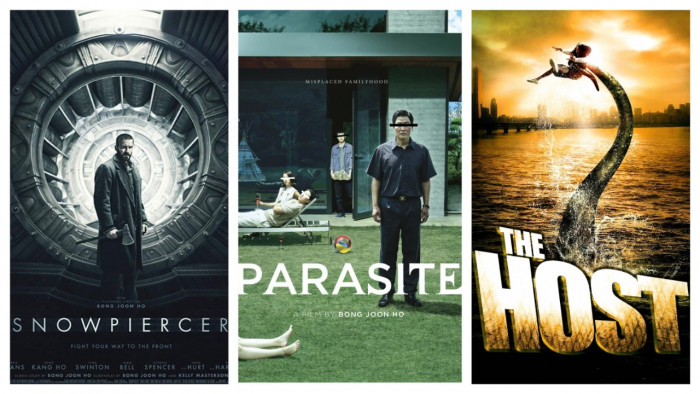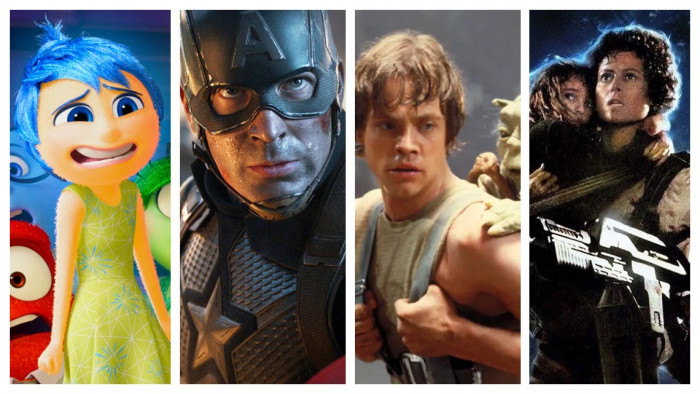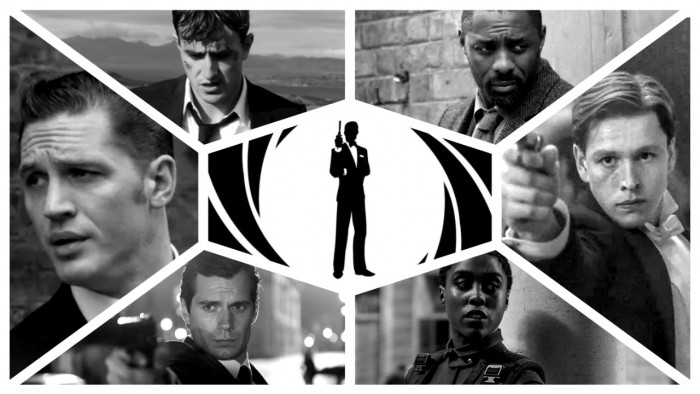The late, great Stan Lee had some pretty inspiring thoughts about racism
The Marvel mastermind penned some impressively progressive stuff in the '60s


Stan Lee has died at the age of 95. Born Stanley Lieber, the lifelong New York resident was responsible for the creation and co-creation of some of the world’s most beloved characters.
Spider-Man, the X-Men, the Fantastic Four, the Incredible Hulk and Daredevil all owe their existence at least partly to him, and the Marvel empire he built (after taking a job at Timely Comics at just 18) spawned countless other household names.
One of the trademarks of Marvel heroes was that, for all their extraordinary abilities, they retained a humanity that wasn’t always present in other superhero properties. Character’s physical strengths were often mirrored by psychological problems - Ben Grimm has super strength but feels like a hideous outcast, Human Torch and the Hulk have self-control issues, and while outwardly Spider-Man is a super-strong crimefighter, inside he’s still an awkward, angsty teenager.
Lee was not without his flaws - most notably, while his incredible confidence and capacity for self-promotion were great for business, they also frequently led to co-creators being sidelined and Stan himself receiving sole credit for lots of other people’s work.
One way he channeled his attention-seeking tendencies was with Stan’s Soapbox, a little column on the letters page which he used to address the world. Some of these are rather beautiful, profound statements on the human condition, the world of the 1960s and Lee’s underlying hope for the decency of humanity.
Here’s that first one, written in 1968, the year both Martin Luther King, Jr. and Robert F. Kennedy were assassinated:
Let’s lay it right on the line. Bigotry and racism are among the deadliest social ills plaguing the world today. But, unlike a team of costumed super-villains, they can’t be halted with a punch in the snoot, or a zap from a ray gun. The only way to destroy them is to expose them—to reveal them for the insidious evils they really are. The bigot is an unreasoning hater—one who hates blindly, fanatically, indiscriminately. If his hang-up is black men, he hates ALL black men. If a redhead once offended him, he hates ALL redheads. If some foreigner beat him to a job, he’s down on ALL foreigners. He hates people he’s never seen—people he’s never known—with equal intensity—with equal venom.
Now, we’re not trying to say it’s unreasonable for one human being to bug another. But, although anyone has the right to dislike another individual, it’s totally irrational, patently insane to condemn an entire race—to despise an entire nation—to vilify an entire religion. Sooner or later, we must learn to judge each other on our own merits. Sooner or later, if man is ever to be worthy of his destiny, we must fill out hearts with tolerance. For then, and only then, will we be truly worthy of the concept that man was created in the image of God–a God who calls us ALL—His children.

A priceless, one-of-a-kind masterpiece holding a painting
Leaving aside the God bit, that’s a pretty right-on message for 1968 that applies to all regardless of religious leanings, pushing tolerance through four-colour punching books.
The X-Men were created at the height of the civil rights movement, with anti-mutant prejudice working as a metaphor for racism (a metaphor that, admittedly, inadvertently sometimes led to telling stories about racism with a very white cast of characters). While Professor X and Magneto were initially created as a straight-up goodie and a baddie, as time went on they became more nuanced and were said to be partly inspired by Malcolm X and Martin Luther King - having aims that aren’t ultimately dissimilar, but approaching those aims in very different ways.
In 1971, Lee told Rolling Stone:
“I think the only message I have ever tried to get across is for Christsake, don’t be bigoted. Don’t be intolerant. If you’re a radical, don’t think that all of the conservatives have horns. (…) I think most people want the same thing. They want to live a happy family life, they want to be at peace, they want no physical violence, nobody to hurt them, and they want the good things that life has to offer. But I think everybody sees us reaching that nirvana by a different path. And I think one of the terrible things in the world is that we are so inclined to think in black and white, hero and villain, good and bad, if you don’t agree with me I’ve got to destroy you. If we could only learn that the world is big enough for all of us. For a guy who wants to wear his hair long, and a guy who wants to be a skinhead. Neither of ‘em has to be bad. I try not to make my villains all bad. Like Dr. Doom is a lovable villain. He thinks of himself as a guy who wants to rule the world ‘cause he thinks he can do a better job than anyone else. And he is amazed that people try to stop him. There’s no law against wanting to take over the world. You can be arrested for being a litterbug, but you’re not breaking the law if you try to take over mankind.”
In his later years, Lee stepped back from day-to-day duties at Marvel and became “chairman emeritus” of the company, more of a figurehead/mascot than an employee. One of the most charming ways this manifested itself, of course, was with his cameos in Marvel films, moments that always raise a cheer in the cinema.
Most of them are collected in this video, the first 30 seconds of which just doesn’t need to be there:
Stan Lee will primarily be remembered for his characters and the indelible mark they made on the cultural landscape - the comics world was forever changed by him, the 21st century’s biggest entertainment franchise has his name all over it, and his work touched millions, if not billions, of lives. And, just as in Spider-Man’s famous mantra that with great power comes great responsibility, Lee used his position to try and nudge us all to be that little bit more open-minded, that little bit more thoughtful, that little bit more human.

Stan Lee, 1922-2018
R.I.P. Stan The Man. Excelsior!
(Pics: Getty)
Latest
Related Reviews and Shortlists









